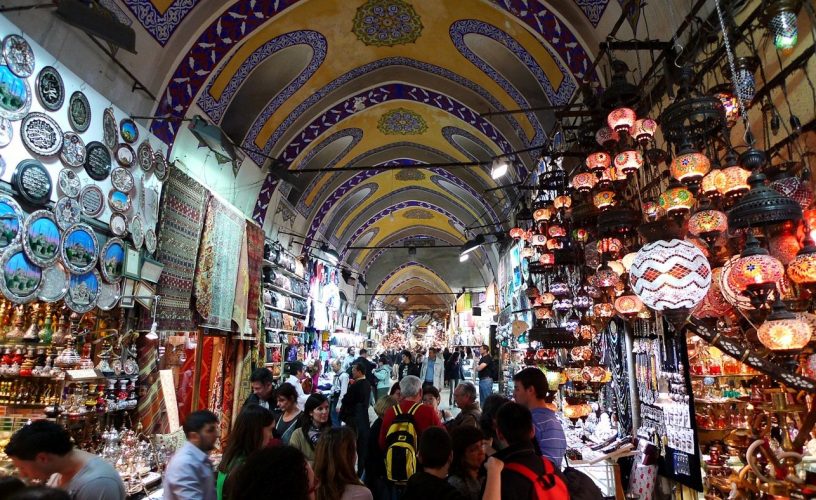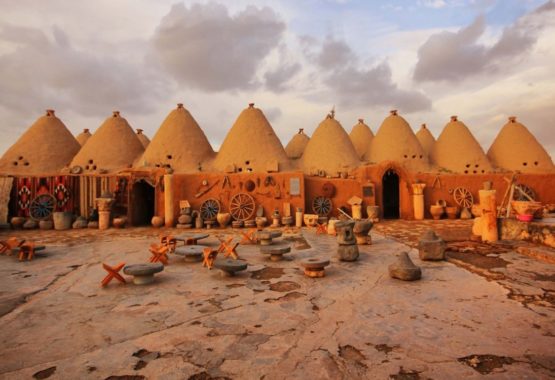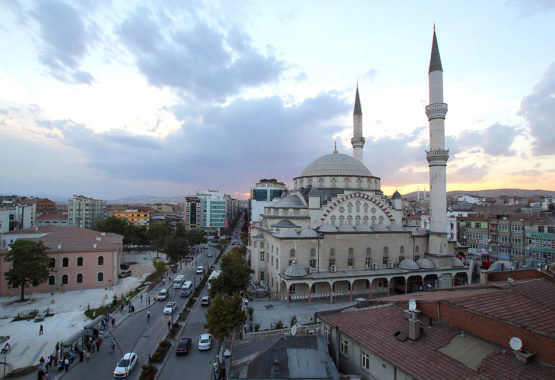Grand Bazaar
Grand Bazaar is the oldest and largest covered market in the world. The Grand Bazaar is a unique center for Istanbul to be seen.
This site, which is covered with a whole like a city, has developed and grown over time. In the following centuries, the old two buildings covered with a series of dome covered with thick walls, thick walls and a series of domes, covered the streets and became a shopping center.
In the past, there were some professions on every street and handicraft production was kept under strict control.
All kinds of precious fabrics, jewelery, weapons, antique goods, generations of families by specialized, was offered in full confidence.
Although the Grand Bazaar, which had suffered from earthquakes and several major fires at the end of the last century, was repaired as before, its past features have been degenerated.
Continue
The sense of trust that was used by tradesmen in the past would have led to the accumulation and accumulation of the people’s savings. Nowadays, the shops in many streets have undergone a function change.
Occupational groups such as yorgancılar, slippers, and strikers remained only as street names. The main street of the bazaar, which is considered to be the main street, is the jewelery shops, the sixths on the side street that opens here.
These shops, which are quite small, sell with different prices and bargains. Although the Grand Bazaar is still alive as a color and attraction, the shopping opportunities for tourists visiting Istanbul from the 1970s onwards are provided by modern and large organizations at the main entrance of the bazaar.
The Egyptian Bazaar on the shore of the Golden Horn is also a smaller bazaar. Another 15th century in the Galata district. the small covered market is still used.
The Grand Bazaar is lively and crowded at all hours of the day. It offers the manufactured goods produced in Turkey to great stores and exports almost all of the sales made.
Handmade carpets and jewelery are the best examples of traditional Turkish art. They are sold with certificates of quality and origin and are guaranteed to be delivered anywhere in the world.
Besides jewelery, copper, bronze souvenirs and ornaments, carpets made of silver and works of famous Turkish businessmen, pottery, onyx and leather work make up a high-quality, rich memory collection in Turkey.
History
The history of the bazaar dates back to the Byzantine Empire. At the center of this place, which consists of a number of shops, there is a building called Cevahir Bedesten (Bedesten-i Atik).
The first expansion work in the Grand Bazaar, one of the oldest shopping places in the world, was carried out in 1460 by the order of Fatih Sultan Mehmet after the conquest of Istanbul.
After the studies, Çarşu-yı Kebir (Big Bazaar) started to be known as a 15-part bedesten and the bazaar was later called Sandal Bedesten (Bedesten-i Cedid).
While all the income of the old and new bazaars was transferred to Hagia Sophia according to the sultan’s order, the bazaar became quite flamboyant during the period of Suleiman the Magnificent.
The bazaar has grown substantially compared to its current state, following the expansion works, in which predominantly wood is used.
According to the records available today, there are 4,399 large shops, 2,195 cells (small shops), 24 inns, 497 wardrobes. 12 cellars, 10 mosques, 16 fountains, 8 wells and 2 fountains.
Continue
The mosque, tomb, school and the empire of the capital of the city in a separate city view of these buildings in the bazaar, a large part of the different fires and earthquakes have been severely damaged by the date.
Wooden structure damaged by disasters, covered with roof tiles III. Mustafa was rebuilt as a stone in his era. The novelty that these works brought to the market was the complete closure of the roads. However, the bazaar has become almost unusable with the massive earthquake disaster that took place on July 10, 1894.






